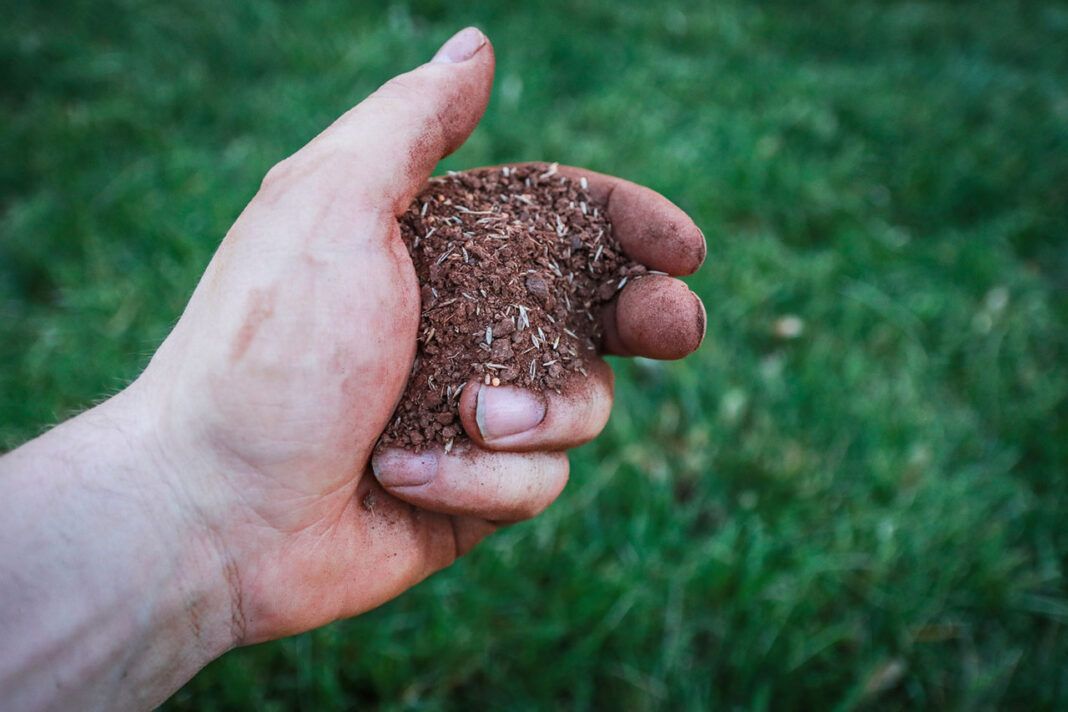Lawns have now become a common part of private homes and public and commercial spaces in the country, and for good reason. They are visually appealing, help regulate heat, and improve oxygen quality. They can also help prevent soil erosion and ensure effective stormwater drainage, provided they are well-maintained and overseeded regularly. After all, a lush lawn can only be achieved if one knows how to overseed their lawn properly.
Popular methods for planting a new lawn
Many techniques, including overseeding, are used to plant new lawns. For instance, one can choose a planting method based on the area, slope, drainage, grass type, and available budget. There are four main techniques or methods for planting a new lawn.
1. Using sods
Also known as turfs, sods are the quickest method of planting a lawn. These pre-grown, thick wads of grass come in rolls or square mats, ready to be unrolled in the yard or garden.
2. Using seeds
This method includes preparing the soil for new grass seeds to be sowed. The number of seeds depends on the type of soil and grass one wants to grow. After one sows the seeds, they should gently rake the soil and wait for germination.
3. Using sprigs
Sprigs are small pieces of grass planted with a quarter of the grass exposed and the rest firmly planted under the soil. Spacing between the sprigs depends on the type of grass, which starts growing once the roots are firmly established.
4. Using plugs
Plugs are small pieces of sod that can be planted directly into the soil. All that one has to do is wait for the grass to grow.
Signs that a lawn needs to be replaced or overseeded
A few signs suggest that replacing or overseeding the lawn may be necessary. Here, one can tug at the grass to check for root damage, leaf discoloration, or other signs of decay or damage, which might be caused by severe climatic conditions or pest infestation. If one notices white, hairy roots clinging to the soil or a brown leaf showing a hint of green underneath, the lawn can be rejuvenated by watering and fertilizing. If the lawn is patchy with brown and green here and there, one will have to overseed the lawn to make it lush and thick.
Overseeding the lawn
Overseeding is when grass seeds are directly sown into the soil or existing turfs without tearing them up. This is an easy way to fill in bare spots, improve lawn density, add grass varieties, and make the lawn greener. Besides being less time-consuming and expensive, such lawns are visually appealing, prevent weed infestation, develop resistance to pests and diseases, and offer better protection from soil erosion.
When to overseed a lawn
The right time for overseeding is when the lawn looks brown and patchy and the roots appear dried. Overseeding during the cool season can ensure uniform and all-year grass, as the grass is usually dormant this time around. That said, the best time or season for overseeding also depends on the local climatic conditions and the type of grass planted. There are a few things one needs to consider. For instance, cool-season grasses can be overseeded in early fall between September and October, as they grow well in cooler temperatures. This improves germination and the new grass grows well before frost. Grasses best for overseeding in cool seasons are ryegrass, bluegrass, and fescue.
Warm-season grasses, such as St. Augustine Grass and Bermuda grasses can be overseeded between April and June, as they grow and thrive in summer.
Tips to overseed the lawn
Though overseeding is a much simpler process than fresh planting, it can still be a bit challenging, especially if one is new to it. One can get the best results by following a few steps.
1. Gather all the tools to save time
Get all the tools one needs, including a mower, rake, aerator, fertilizer spreader, seed spreader, enriched topsoil, and grass seed.
2. Prepare the existing lawn
Mow the lawn low and use a rake to remove all the dead grass, roots, leaves, debris, and rocks. Ensure the soil is ready for seeding.
3. Prepare the soil
Soil amendments are nutrients that improve the soil quality and can make up for any deficiencies in the soil. Depending on the soil’s needs, add soil amendments such as acidic inputs, sulfur, compost, and peat moss.
4. Spread the seeds
Load the seeds into a seed spreader or spread them by hand. Spread the seeds according to the required density per square inch. This varies based on the type of grass and how thick or dense one wants their lawn to be.
5. Spread grass seed fertilizer
Spread the fertilizer in straight rows to ensure the entire lawn has been tended to.
6. Water the overseeded lawn
Water the seeds as per the requirement. The best time to do so is early morning or evening.
How to overseed the lawn in the fall
Experienced gardeners and landscape specialists agree that fall is the best season for lawn overseeding. This is because as winter approaches, old grass becomes dormant, new weeds don’t grow as much, and existing weeds die down, giving the new seeds the best opportunity to thrive.
The steps in overseeding the lawn in the fall are similar to overseeding in any other season.
